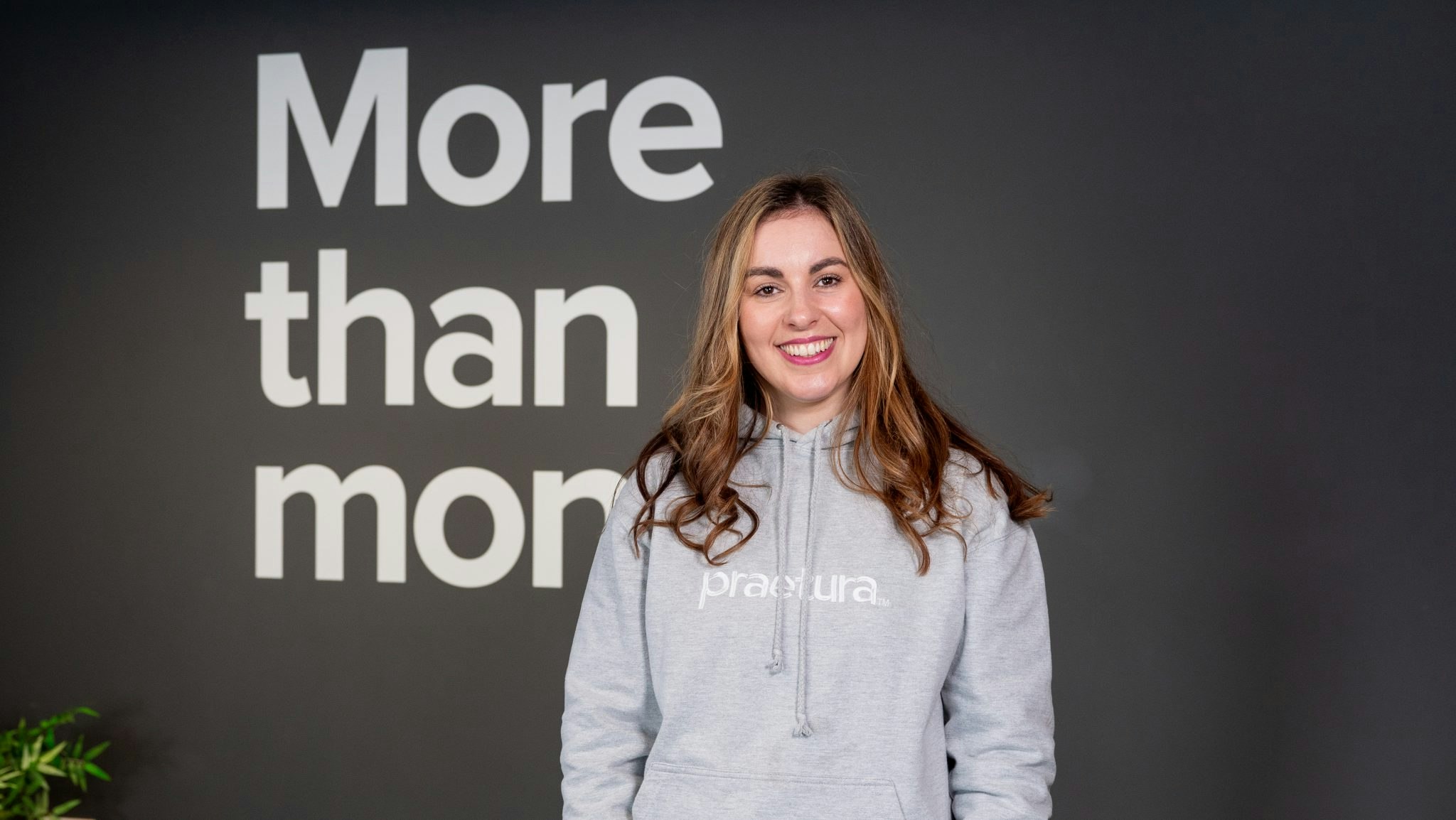Olav Ostin, managing partner at investment firm TempoCap, remembers a time a few years ago when secondaries — the sale of stakes in companies or entire VC portfolios — were decidedly unsexy.
Now, Ostin says, they’re hot stuff.
This week, London-based investment firm Molten Ventures acquired a 19% stake in early-stage VC Seedcamp’s third fund for €8.5m. And it’s unlikely to stop there.
“Our dealflow has gone from 1x to 5x,” says Ostin. Around 50% of TempoCap’s investments are secondaries.
He says that aside from Seedcamp, several other of Europe’s biggest VCs have already begun making (unannounced) portfolio sales in a bid to generate much-needed liquidity, while plenty of others are thinking about it.
“The market’s certainly picked up,” Martin Davis, CEO at Molten Ventures, tells Sifted. “We’ve done quite a few [portfolio acquisitions] recently.”
The options
The uptick is being driven by VCs’ need to generate liquidity for their LPs, at a time of muted IPO markets and dwindling exits.
“People are coming to us and saying, ‘How can we create some liquidity? This is the portfolio: what is possible?’,” says Ostin.
VCs can sell either entire or partial stakes in a handful of portfolio companies or the whole portfolio.
Known as “strip sales”, these are the most attractive way for VCs to return some capital to LPs right now, says Jonathan Graham, managing director of secondaries at PE firm Asante Capital.
It’s a good way to de-risk the fund, he says. “If you can return the whole fund through a strip sale, it’s not a bad place to be — although you limit the upside.”
Graham says lots of European VCs are looking at strip sales. “The challenge is, how do you make up that strip? Is it a full horizontal across the portfolio? [ie. a per cent of each company] Or cherry-picked?”
Molten prefers to buy stakes in whole portfolios, says Davis, rather than cherry-picking startups from within a portfolio. In the case of the Seedcamp fund, six of the assets represent 80% of the value, he says. But thanks to the evergreen nature of Molten’s fund, it’s happy to hold onto less shiny startups in a portfolio rather than rushing them to an exit.
“We can hang onto the tail in case we get a pleasant surprise,” he says.
TempoCap prefers to cherry-pick a handful of companies from within a portfolio, particularly those valued at around €50-250m and with more than €10m in revenue or annual recurring revenue, as they’re the easiest to exit, says Ostin.
“Our business model is to generate DPI of 1x in five years,” he says. That means TempoCap’s not interested in unicorns — there just aren’t enough buyers who can shell out for them, and IPO markets are pretty much closed.
Continuation funds
VCs do have other options for generating liquidity, including via a continuation fund, which involves a firm setting up a new investment vehicle to acquire portfolio companies from one of its existing funds.
Germany’s HV Capital is one of the only European funds to have publicly announced a continuation fund so far, back in 2022. Far more funds in the US, including NEA and Insight Partners, have or are setting them up.
Launching a continuation fund means the VC can hold onto its stakes in some portfolio companies for longer, while also returning some capital to its LPs. This allows LPs the choice to reinvest in the new fund. New LPs can also be brought in.
“Quite a lot of people are talking about continuation funds,” says Davis. “It gives you more time to invest the money — and it starts the [management] fees ticking again.”
But Graham thinks continuation funds are not such a good option in the current market.
“Starting a continuation fund today would probably involve selling entire companies out of the fund, creating a new vehicle to hold those assets — in which case you’d be less likely to get the valuations you want.”
That’s bad news for the original fund’s LPs — and that in turn is bad news for VCs.
“The last thing [VCs] want to do is cut off returns for their existing investors, or disenfranchise them.”
Buyers' market
For TempoCap and other secondaries houses, the sun is shining.
“It’s definitely a buyer’s market,” says Davis. He doesn’t expect VCs’ liquidity position to improve this calendar year.
It could also be a good year for secondaries firms on the exit side.
“We’re selling lots of companies at the moment,” says Ostin. TempoCap lists Depop and Tessian as exited portfolio companies. “It’s possible that by the end of this year we will have sold half of our portfolio.”
“There are buyers for good companies, mainly coming from the US, and big corporates from Europe,” he adds.
“A lot of American buyers believe that in two to three years valuations will be higher. So they’re doing their shopping now in the expectation that stuff will cost much more in two to three years’ time. There’s a huge amount of interest from US players.”


